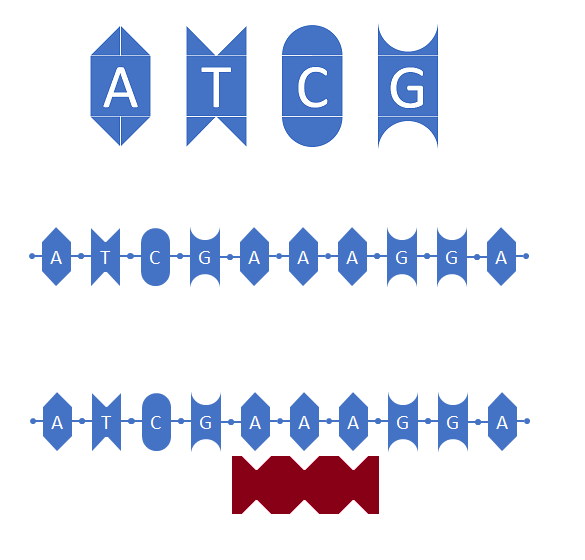Simulating supernatural particles we can obtain a better understanding of theories about sentience, using the different configurations of the simulation to describe different hypotheses about what may be happening in relation to the sentience, and thereby assess better the usefulness of the different theories in an ambitious plan to reduce suffering.
Imagine that we perform a computer simulation, that tries to be realistic, in which we represent material particles which they find “floating” in their world, forming a kind of primordial soup that allows them to combine forming increasingly complex structures until they reach individuals like us, such as the theory of evolution proposes.
In this simulation we could add supernatural particles, that is, particles that do not necessarily follow the laws of physics: metaphysical particles.
I’m not saying that these particles exist. But what I am going to say is that supposing their existence and representing them in a simulation will allow us to illustrate, understand better and therefore assess a multitude of theories about the ability to feel.
This is interesting because when assessing the theories of sentience we could take into account, instead of its commercial success, its usefulness to prevent suffering.
Obviously, the fact that a theory is believed by many people is an important factor. But if we want to reduce suffering, perhaps we should also focus on other theories which could be as probable and reasonable as other more popular ones, and take into account the implications of assuming that they could be true, within a plan of prevention of intense suffering. These simulations can help us to find them.
Curiously, some of the configurations of the simulation that I propose here, make reconciliable hypotheses of sentience that previously seemed totally incompatible.
The image shows four types of material particles: A, T, C, G which are combined following certain rules.
There is also a supernatural particle, red in color, which could be an experience of pleasure or pain. The supernatural particle is combined with matter following certain rules (the particle only “fit” with three “A” in a row).

Let’s see how a simulation of this kind can represent different philosophical paradigms about reality and sentience.
Emergentist monism: it is easy to see how in this simulation individuals can acquire an experience from a certain material configuration (AAA). In our simulation we could make that acquired experiences has no effect on the material particles. Experience just happens but has not effect on matter. Or on the contrary, the experience could modify the behavior of the material particles.
It is important to keep in mind that we can define the supernatural particles with complete freedom: there could be several in the same place at the same time or be in several places at once or available in an unlimited way. These particles do not need to follow the laws of physics as we know them.
Immersionist monism: symmetrically to the emergentist monism, we can give Real category to the particles of pleasure and pain, disregarding the material particles, calling them epiphenomena. Individuals would not be considered generators of experiences but recipients of experiences, such as a radio receiver.
Dualism: indeed, there are two types of particles, materials and experientials.
3 Comments